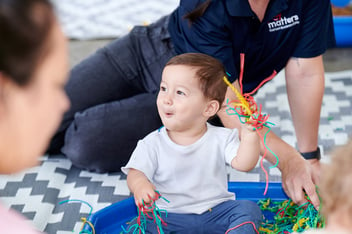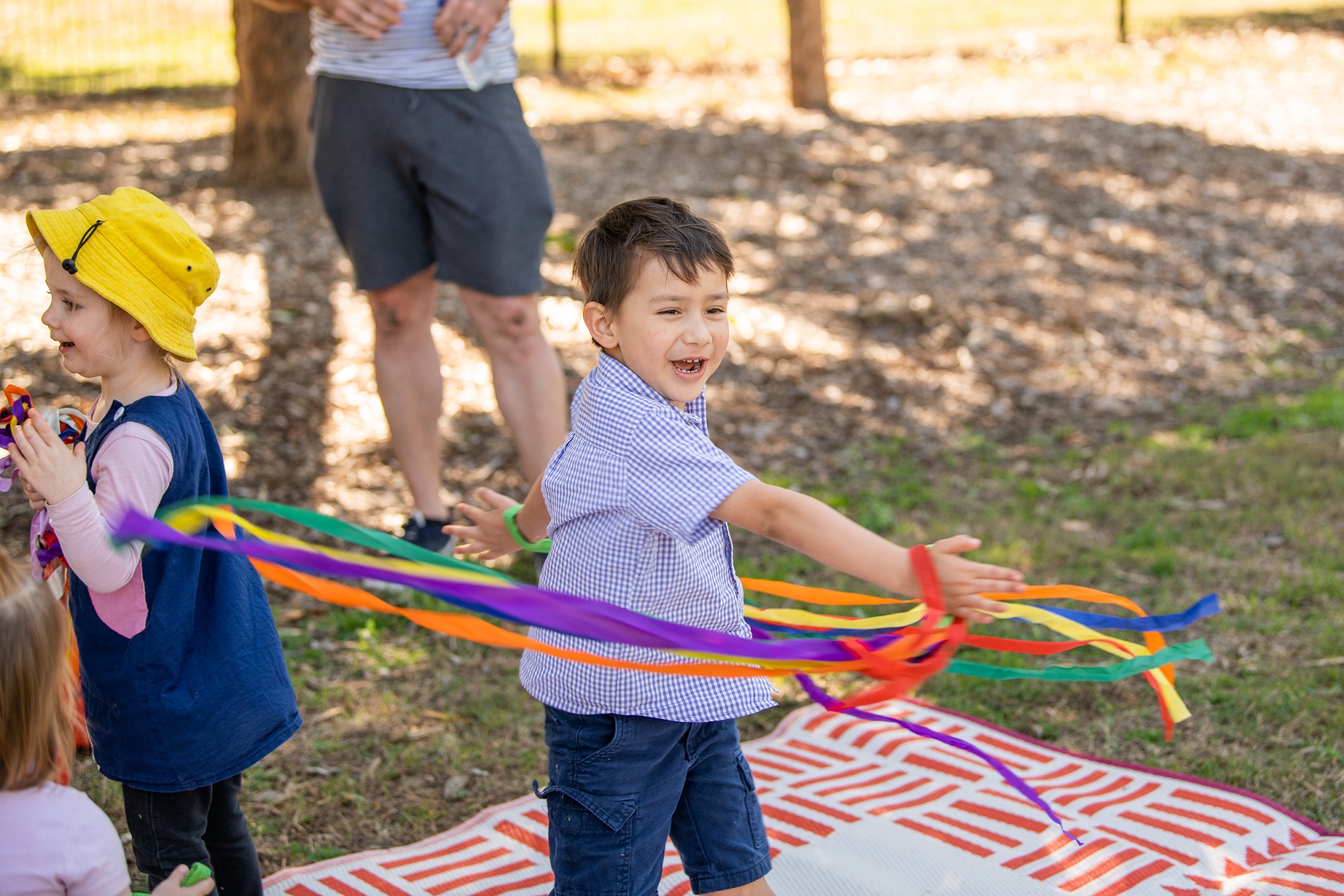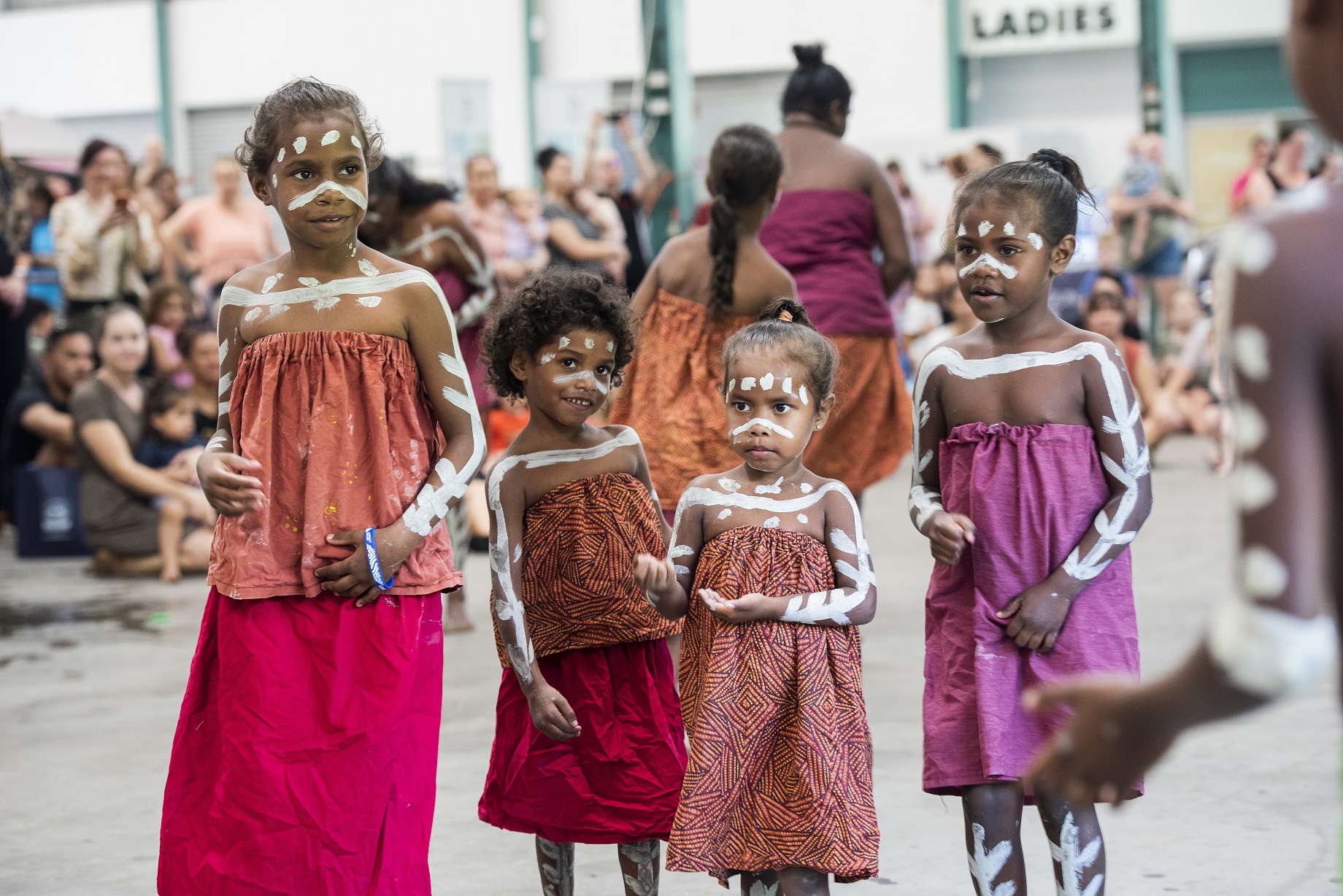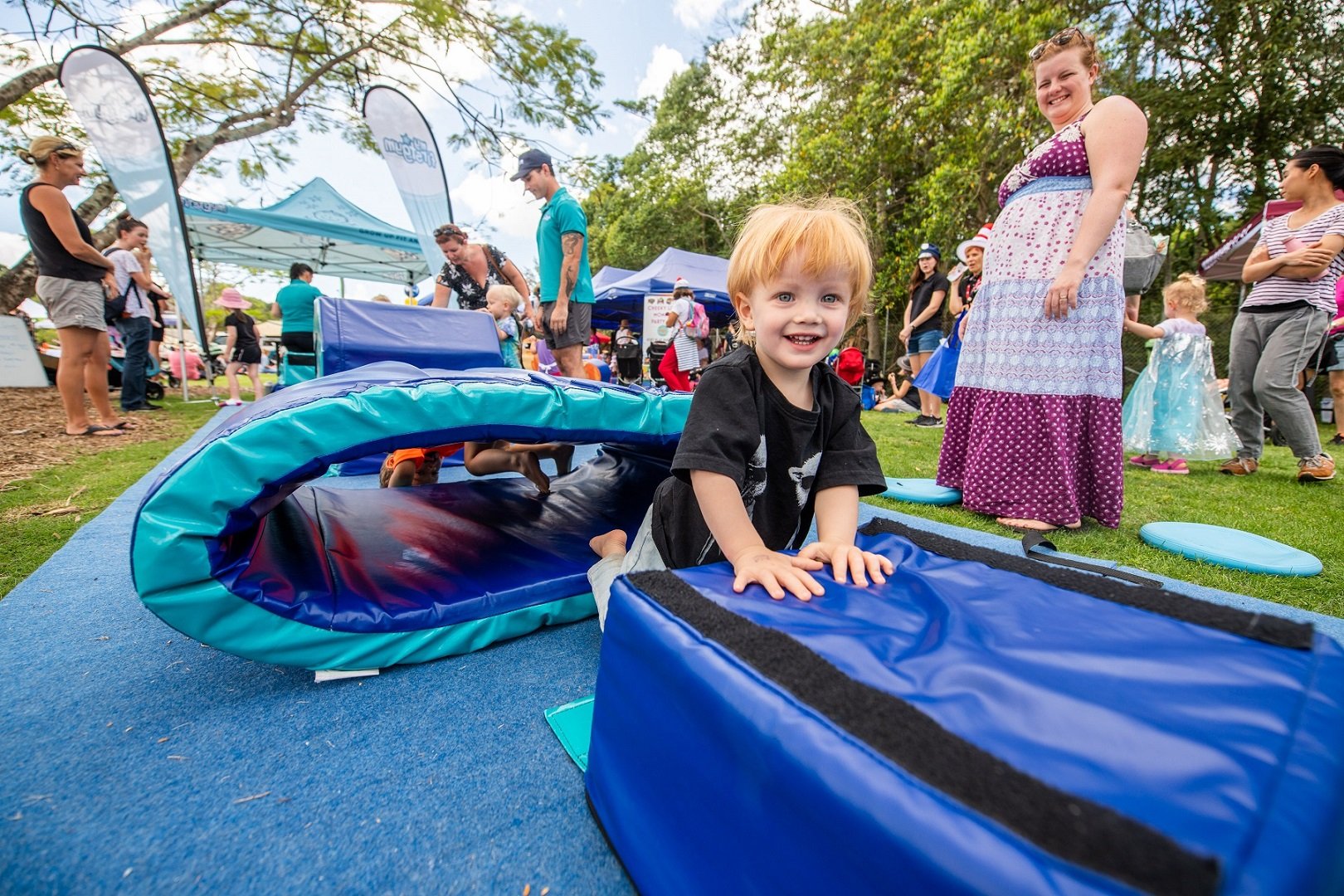The Australian Government Department of Health has developed the 24-Hour Movement Guidelines for the Early Years, which outlines the daily balance of physical activities, sedentary behaviours, and sleep for children birth to 5 years.
|
|
Babies
(under 1)
|
Toddlers
(1-2 years)
|
Pre-School
(3-5 years)
|
|
Physical Activity
|
Supervised interactive floor-based play, including crawling. For those not yet mobile, this includes at least 30 minutes of tummy time spread throughout the day while awake.
|
At least 3 hours spent in a variety of physical activities spread throughout the day; more is better.
|
At least 3 hours spent in a variety of physical activities spread throughout the day; of which at least 60 minutes is energetic play.
|
|
Sedentary Behaviour
|
Not being restrained for more than 1 hour at a time (e.g., in a stroller, car seat or high chair). Screen time is not recommended.
|
Not being restrained for more than 1 hour at a time or sitting for extended periods. Sedentary screen time is not recommended for those under 2 and should be no more than 1 hour for those over 2.
|
Not being restrained for more than 1 hour at a time or sitting for extended periods. Sedentary screen time should be no more than 1 hour; less is better.
|
|
Sleep
|
0-3 months: 14 to 17 hours of good quality sleep, including naps.
4-11 months: 12 to 16 hours of good quality sleep, including naps.
|
11 to 14 hours of good quality sleep, including naps, with consistent sleep and wake-up times.
|
10 to 13 hours of good quality sleep, which may include a nap, with consistent sleep and wake-up times.
|
Quality Sedentary Behaviour
Unsupervised use of screens while sedentary for long periods can lead to language delays, reduced attention spans, lower levels of school readiness, and poorer decision-making. The Department of Health encourages interactive non-screen-based activities such as reading, storytelling, singing, and puzzles during quiet time.
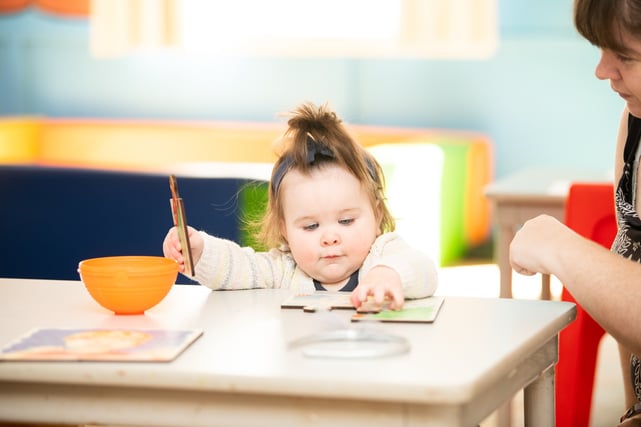
Importance of Being Active
Physical activity in early childhood is associated with physical health, such as healthy body composition and a strong heart. However, studies have also found positive links between the time children spend in active play and the development of essential cognitive and social skills.
For example, a 2013 study found that higher levels of physical activity are associated with better self-regulation amongst preschoolers. The development of self-regulation skills has been linked to learning success in pre-reading, early mathematics, and problem-solving.
Furthermore, creative dance and movement are an excellent mechanism for enhancing social competence and improving behaviour amongst at-risk preschoolers, with children who participated in the program experiencing less depression, withdrawal, anxiety, and aggression than children who did not participate. This reiterates that physical play doesn’t have to be sports and team games. Instead, physical play can and should incorporate creativity, performance, and self-expression.
Physical Activity Opportunities
The majority of young children’s daily physical activity happens through unstructured, active play. Giving children the freedom to create their own play is a fantastic way to encourage independence and agency. Physical play can take many forms but is always fun and encourages exploration and discovery!
Baby:
- Enrich tummy time by placing their favourite toys within arm’s reach to encourage grasping
- If crawling, create an obstacle course using cushions or other soft objects
- Once mobile, encourage babies to pull themselves up to a standing position by holding onto steady objects such as chairs or table legs
.jpg?width=382&name=27MAY19JH-84%20(1).jpg)
Toddler:
- Ball games such as rolling the ball to each other
- Dancing and twirling to music
- Obstacle courses that encourage balance and jumping movements such as hopping across recycled bubble wrap
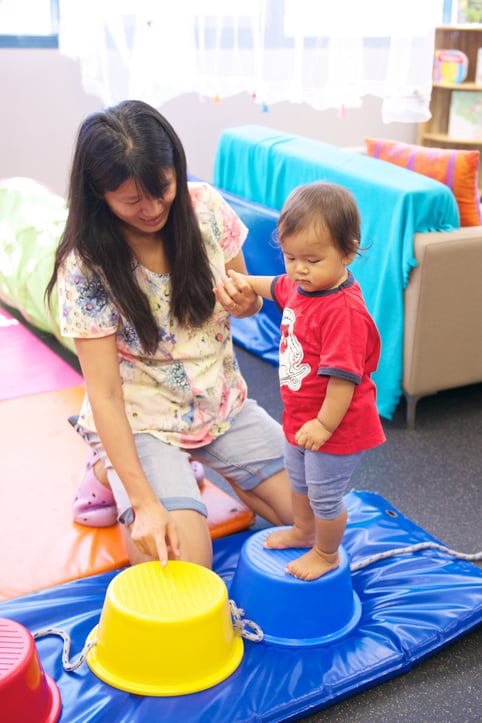
Pre-School:
- Ball games that incorporate actions such as throwing, kicking and catching
- Running races
- Skipping rope
.jpg?width=604&name=JOSEPHBYFORD-100652-8358%20(2).jpg)
Perhaps above all else, early childhood is a window of opportunity for children to become and feel physically competent. Meaning that while their motor skills are pretty low, children generally hold high perceptions of their physical skills and ability, suggesting that they are more likely to engage in and persist with activities, providing them with the opportunity to master new skills.
